The British Army has pioneered the use of deployable additive manufacturing, commonly known as 3D printing, in field operations, according to a press release.
Through Project Brokkr, the Army has achieved a first for UK Defence by taking the metal manufacturing process out of laboratory settings and making it mobile on the back of a lorry, enabling deployment anywhere in the field.
Project Brokkr is named after Brokkr, a legendary Norse dwarf known for his exceptional metalworking skills. While the components produced by Project Brokkr may not be as mythical as Odin’s spear or Thor’s hammer, their application has significant implications for addressing supply chain challenges and adapting to threats in hostile environments.
Additive manufacturing, or 3D printing, creates solid objects by building them layer by layer, unlike traditional machining, which reduces a whole piece of material to the desired shape. This method reduces wastage, costs, and environmental impact.
The British Army began embracing additive manufacturing in 2019, led by the Royal Engineers during their deployment to South Sudan on Operation TRENTON. Tasked with refurbishing a school, they used 3D printing to produce plumbing fittings essential for establishing and maintaining a field hospital.
“Usually, these pipe clips you’d buy for 99p at your local DIY superstore, but out here there’s nowhere to go so the only solution was to make them,” remarked one of the engineers in a press release. Initially using basic equipment, the Army quickly saw the advantages and developed a range of 3D polymer printing processes.
The Army has since advanced to 3D cold metal printing, also known as Supersonic Particle Deposition (SPD). This process involves firing metal powder through a nozzle at speeds up to Mach 3, depositing the particles on a substrate to form the desired object. This non-heat method allows for the production of larger objects more quickly than traditional heat-fusing systems.
Project Brokkr, led by 9 Battalion Royal Electrical & Mechanical Engineers (REME), has ruggedised this high-tech process for field use, making it a tactically deployed asset.
Lieutenant Colonel John Anthistle, Commanding Officer of 9 REME, explained the comprehensive nature of the process: “The manufacture of a component part starts with the design of the object and moves through to the manufacture before going through the post-manufacture processes such as heat treating, milling, and finishing that use many of the more traditional trades and skills that can be found within the Corps.”
While additive manufacturing won’t replace the logistical supply chain, it offers significant advantages by enabling the field production of components, thus improving efficiency, repair speed, and reducing transport costs and carbon footprint.
Currently, 9 REME has deployed the mobile 3D cold metal printing capability during Exercise Steadfast Defender in Sennelager, Germany, in what is termed the ‘Field Army Additive Manufacturing Concentration,’ a first for UK Defence.


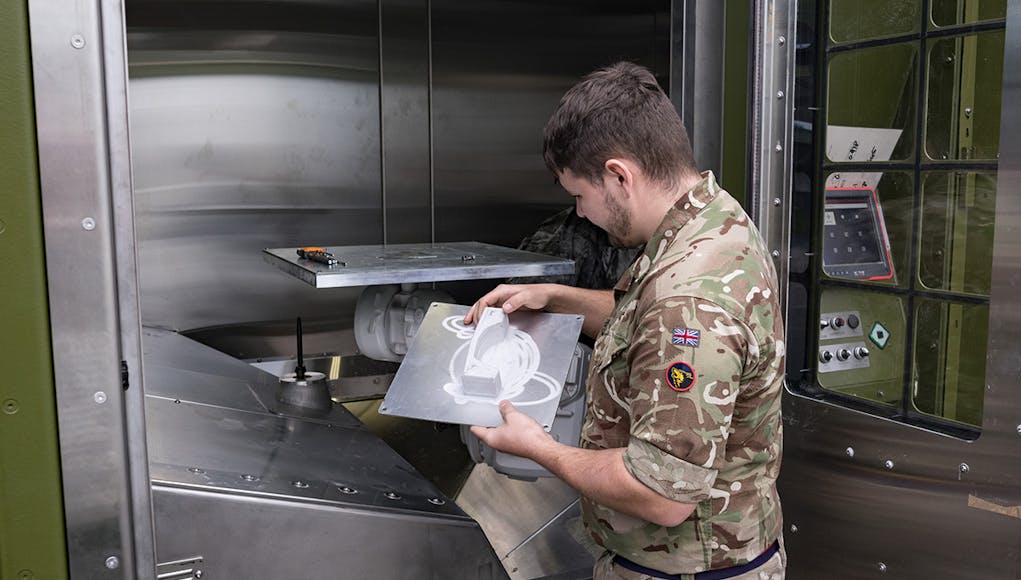

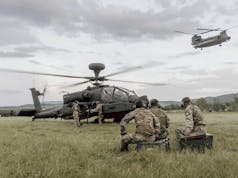

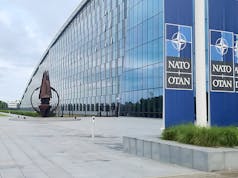
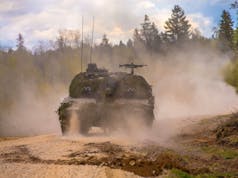

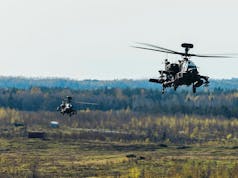

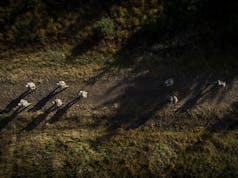


Pictured: Pte Bumfluff, who has 3D printed his ‘Abshot 5000’ – developed secretly by special forces to develop 6-packs in the field and now available en-masse to the Really Large Corps. Quoted, Pte Bumfluff said “I love this, now I can look like I do Phys, but actually I’m on my 9th Ginsters Steak Slice of the day… it’s a win all round!”
It’s great to see a REME story but I too am disappointed by the new ‘OK to beards’ policy which seems to go in line with avoiding wearing headdress where at all possible and would you believe that ‘hands in pockets’ are allowed in combats in cold weather if you forgot your gloves!
Was headdress not supposed to be removed when indoors back in your day?
Also if they didn’t want hands in pockets when it’s cold they shouldn’t have fleece lined the damn things XD
My bad wording Dern – I should have made it clear that my comment did not relate to the photo in this article.
Explanation – I saw a picture of some gunners standing next to an Archer on a training area a few weeks ago – only one was wearing his beret. Most soldiers refreshing themselves at motorway service stations don’t wear a beret walking from their parked vehicle.
Generally if its in the field we don’t bring headdress, it’s usually helmets, jungle hats, deputy dogs, or nothing, depending on the situation. Beret, if taken, will usually be left in a grip with the CQ.
When transiting we are told not to wear headdress in the car and wear a civilian outer layer from the waist up.
edit: If anything I’d blame the guy wearing the beret, not everyone has theirs? Nobody wears one.
Thanks Dern. I remember wearing a civvy top and no beret in my civvy car back in the day when PIRA was a threat everywhere. Didn’t know that was still ‘a thing’.
You know how it is, once a rule gets put in place it needs a committee, a two year survey, and a review by the twitter mob and army wives, before it is repealed. And that’s just for a standard rule, not one that carries inherent risk.
Thanks mate. That made me smile. Some things never change.
“The Army has since advanced to 3D cold metal printing, also known as Supersonic Particle Deposition (SPD). This process involves firing metal powder through a nozzle at speeds up to Mach 3…”
Only Mach 3? Shouldn’t we be deploying hypersonic 3D cold metal printing by now?
Ok so who’s project is “ButtplugTest”……
It’s a new type of anti tank round, honest…
It took me a while to realize that UK Defence Journal not only has an amazing range of information but also a comedic component. Now I spend half my time reading the comments. Thanks gang!
Yes, absolutely.
I share my time in a roughly 2:1 split between here and Navy Lookout. NL has longer, less frequent articles and a more active but more toxic comments section, but UKDJ is the best for plain humour and everyone just getting along without yelling about irrelevant things (apart from Scotland and politics).
Here the article often works as just a muse on which the comments actually provide most of the in depth knowledge, whereas NL pack a lot of info into the articles so there’s only about 2 every 3 weeks.